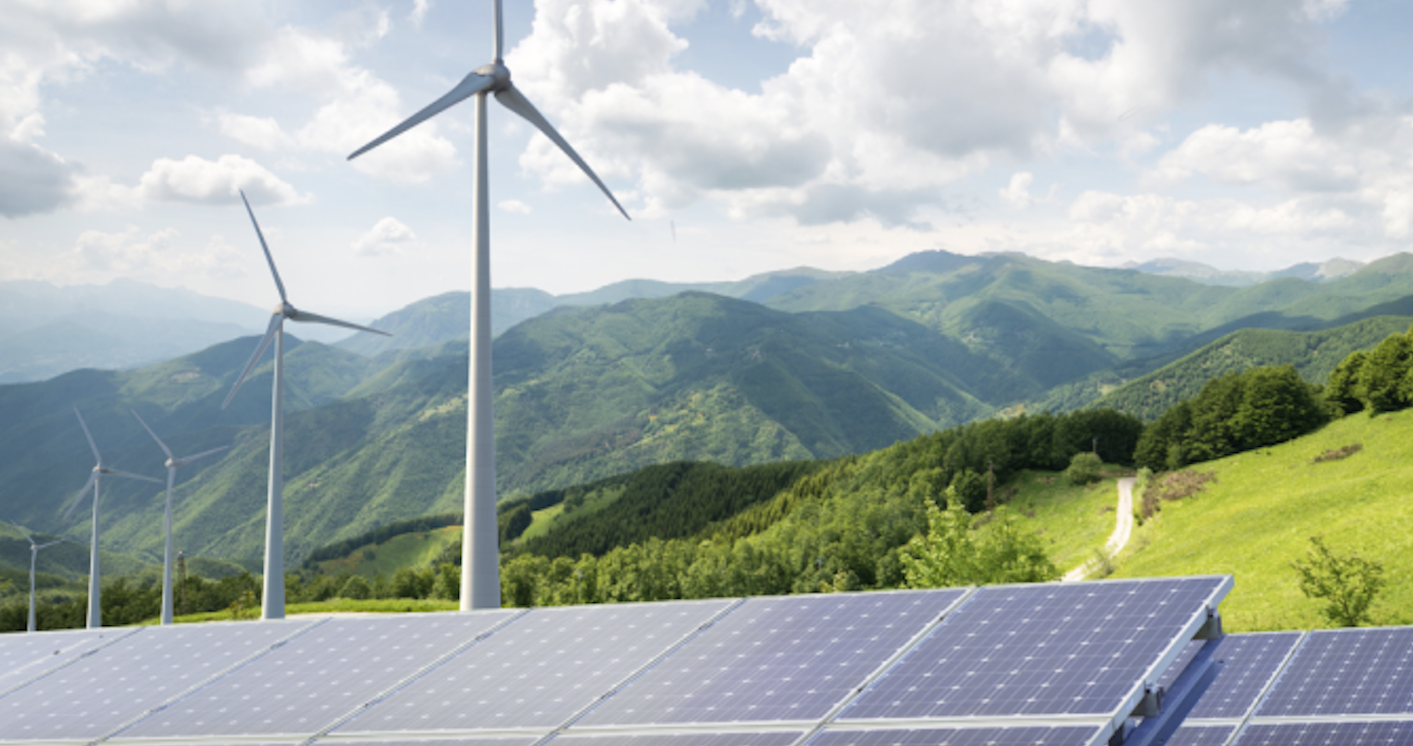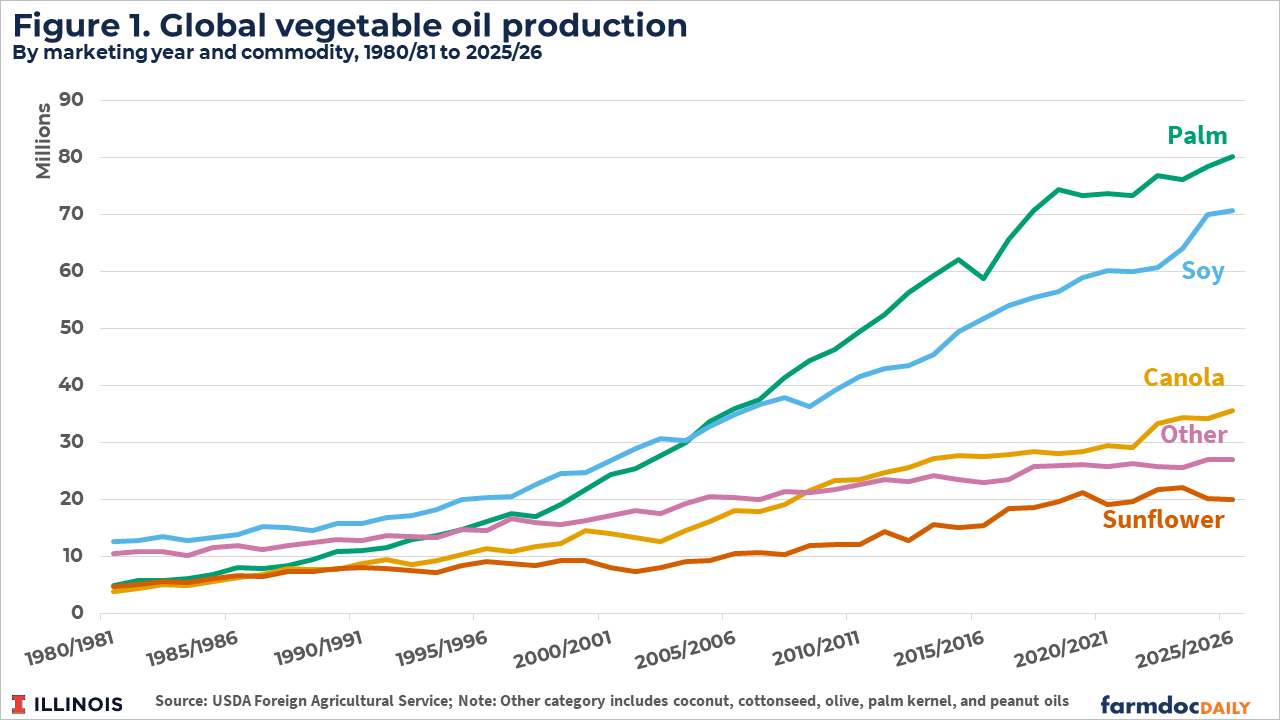A 'concrete' solution to climate change
This article discusses the recent achievement of the United States' first commercial-scale direct-air capture (DAC) facility in Tracy, California, developed by Heirloom. Using limestone to absorb carbon dioxide from the air, the DAC plant aims to sequester 1,000 tons of CO2 annually, with support from the federal government, major technology companies, and an investment from Microsoft. Despite the promising milestone, critics argue that DAC technology, costing over $1,000 per ton of CO2 removal, perpetuates fossil fuel use and increases emissions. Heirloom promises permanent sequestration of captured carbon, particularly in concrete, partnering with CarbonCure Technologies to inject CO2 into concrete for environmental benefits. While some see DAC as a necessary tool to combat climate change and create economic opportunities, others, like Stanford University's Mark Jacobson, consider it a wasteful distraction from investing in more effective renewable energy solutions. The article underscores the importance of a multifaceted approach to address climate change, combining renewable energy deployment with innovative technologies to reduce existing atmospheric carbon.

Many of the new solutions to flight climate change sound almost impossible. What if a machine could suck planet-warming carbon dioxide out of the air and store the gas forever inside concrete bridges and buildings?
Well, that’s happening. Last month, in the city of Tracy, California, the U.S. energy secretary joined a group of very excited scientists and corporate executives to celebrate a milestone: the country’s first commercial-scale direct-air capture, or DAC, facility.
This is a template of what we need to be building across the world,” said Heirloom CEO Shashank Samala. “Just like we have solar farms and wind farms, we want carbon farms sucking up CO2 from the air.”
Heirloom is just three years old, but the company has already secured a huge investment from the federal government and a sizable boost from some of the biggest names in technology.
The direct-air capture plant in Tracy promises to absorb 1,000 tons of CO2 from the sky every year — it’s equivalent to taking about 220 cars off the road.
Carbon-hungry limestone
The technology works by taking advantage of limestone’s natural tendency to absorb carbon dioxide. Inside Heirloom’s DAC plant, towers of stacked trays rise 40 feet above the ground.
Each one of the trays is covered with a powdery limestone substance. As a breeze moves through the open-air building, the carbon in the atmosphere binds to the limestone. After a few days, robots move the trays into a kiln where a blast of heat separates the carbon from the limestone. All of it is powered by renewable energy.
But one plant is nowhere near enough, Samala says.
“These facilities need to be a thousand times larger,” he says, “and we need to build thousands of those across the world.”
A few big spenders agree. To offset its emissions, Microsoft announced in September that it would buy up to 315,000 metric tons of Heirloom’s captured carbon in a deal that cost the company about $200 million.
There’s also a lot of money from the government. The Biden Administration is investing $1.2 billion dollars in Heirloom and other companies to build direct-air-capture hubs in Louisiana and Texas.
But right now the technology is still prohibitively expensive. It costs more than $1,000 to remove one ton of CO2.
“This is like the first iPhone getting out of the assembly line,” Samala says. “If you only produced one iPhone, it would cost billions of dollars. That’s the same here. It costs over $1,000 a ton because it’s early. It's first.”
But what do you do with all the carbon once it's removed from the air? Some oil companies use carbon dioxide for something called enhanced oil recovery — a technique that pushes more polluting fossil fuels out of the ground.
Samala promises that all of the CO2 Heirloom removes from the air will be permanently sequestered, either underground or in concrete.
A ‘concrete’ solution
Storing carbon in concrete is already happening, and supporters of the technology say it reduces the environmental footprint of one of the world’s dirtiest industries.
Producing concrete for bridges, sidewalks and highways accounts for about 8% of the world’s carbon emissions. In large part, that’s because making cement — a key binding ingredient in concrete — requires heating limestone to very high temperatures.
“Concrete is the second most widely consumed material on earth after water. At the same time concrete is emissions-intensive,” says Reilly O’Hara, of CarbonCure Technologies.
The Canadian company says it has sold nearly 800 systems to inject carbon dioxide for storage in concrete across 35 countries. In November, CarbonCure announced a partnership with Heirloom, ensuring that carbon dioxide removed in Tracy will be used in nearby concrete plants.
At the Vulcan Materials Central Concrete plant in San Jose, CarbonCure's technology is already in use. Just before a load of wet concrete gets dumped into the spinning drum of a heavy-duty truck, a stream of CO2 is injected into the mix.
Carbon is not necessary to make concrete. But CO2 does give concrete a strength boost when it mineralizes in mixture, says Alana Guzzetta, who runs Vulcans’ national research lab in San Jose.
That added strength means less planet-warming cement is required in each batch of concrete, helping the company lower its carbon footprint.
“Get to zero carbon ultimately, that’s the goal,” Guzzetta says.
The concrete producers that use CarbonCure’s technology also share in the revenue from any carbon credits sold.
“Once that CO2 is embedded in the concrete, it’s there forever,” O’Hara says. “Even if the concrete is later crushed or demolished, that CO2 is permanently transformed into a rock and won’t be re-released into the atmosphere”
A distraction, or worse?
CarbonCure says its technology has already been used to lock away 379,000 metric tons of carbon dioxide in concrete.
But critics aren’t sold on the idea of sourcing the carbon from direct-air capture facilities or more traditional sources captured from polluting industrial plants.
“It’s a complete and utter waste of money,” says Mark Jacobson, professor of civil and environmental engineering at Stanford University. He argues that DAC technology “increases carbon dioxide. It increases air pollution. It increases fossil fuel mining.”
That’s because the technology perpetuates the use of fossil fuels. Jacobson says the wind turbines and solar panels needed to run thousands of new large-scale carbon farms around the globe would be much better off replacing coal-fired power plants. Add up the new pipelines or trucks you’d need to get that carbon to places like concrete plants, and it just doesn’t make sense, he says.
These direct-air capture companies are “ignoring entirely the opportunity cost, ignoring the fact you could be using that renewable energy for something much more effective,” Jacobson says. “They’re not accounting for that one bit.”
Jacobson acknowledges he is a lonely voice against a technology that global leaders say is necessary to limit the worst effects of climate change while the world weans itself off of fossil fuels.
“There is not a single silver bullet,” says Pat Sapinsley, managing director at New York University’s Urban Future Lab, a business incubator that has helped climate-conscious entrepreneurs raise $2 billion in private capital since 2009.
Yes, countries must deploy renewable energy “like crazy,” Sapinsley adds. But they should also take advantage of new technologies — and new economic opportunities — to reduce the carbon that’s already in the atmosphere.
Companies are already using new supplies of captured carbon to make diamonds, jet fuel, perfume, and yes, concrete.
“It’s a little bit like the era of the horse and buggy and somebody looking at a car and saying, ‘Oh that will never work,’” Sapinsley says. “I think it just takes some time to convince people that the future is in developing climate-tech. We need some changes in our economy.”
What is Your Reaction?
 Like
0
Like
0
 Dislike
0
Dislike
0
 Love
0
Love
0
 Funny
0
Funny
0
 Angry
0
Angry
0
 Sad
0
Sad
0
 Wow
0
Wow
0








































































